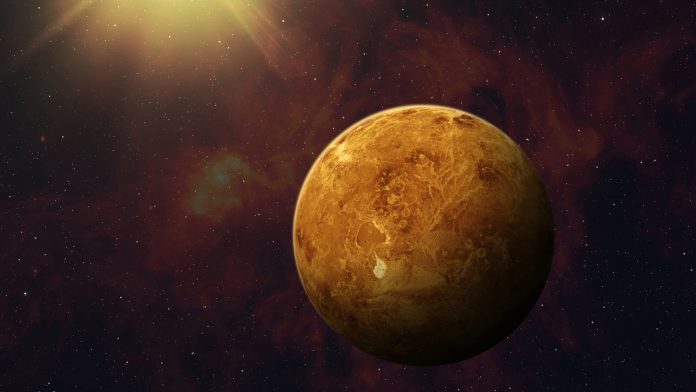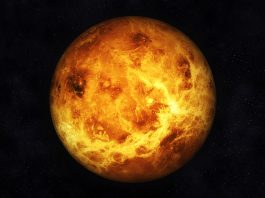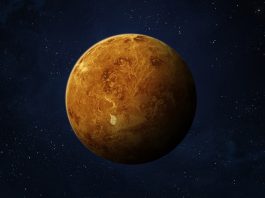In the first US-led mission in over 30 years, NASA has announced that it will embark on two missions to analyse Earth’s scorching sister, the once potentially habitable planet Venus.
The endeavour is part of NASA’s Discovery programme and will involve two separate missions called DAVINCI+ and VERITAS, which will aim to uncover the enigmatic history of the planet Venus, our planets closest neighbour. Venus is believed to share various characteristics with Earth, with scientist hypothesising that its long-eradicated oceans and climate made it the first habitable planet in the solar system. So how did it come to resemble the apocalyptic ball of fire it does today? That is the mystery that these novel studies of the planet Venus will aim to uncover.
Both missions are estimated to launch between 2028 and 2030, with funding for each mission being approximately $500 million and are the final selections from NASA’s Discovery 2019 competition – chosen for their scientific value and feasibility of development.
DAVINCI+
Deep Atmosphere Venus Investigation of Noble gases, Chemistry, and Imaging (DAVINCI+) will be utilised to measure the composition of Venus’ atmosphere, providing vital insights into its evolution, such as its propensity to once home oceans. A descent sphere will permeate through the thick atmosphere of the planet Venus, recording meticulous measurements of the elements and noble gases that make it hellishly hot. Furthermore, DAVINCI+ will take high-resolution pictures of Venus’s tesserae – geological features similar to Earth’s continents, indicating the presence of plate tectonics.
VERITAS
Venus Emissivity, Radio Science, InSAR, Topography, and Spectroscopy (VERITAS) will be employed to map the geological history of the planet, orbiting Venus with a synthetic aperture radar, charting surface elevation of the planet in its near entirety that will then be transferred into 3D reconstructions of topography. This data will be proficient in identifying if plate tectonics and volcanism are still active on the planet, helping to illustrate why it developed so differently from Earth. Additionally, VERITAS will map the infrared emissions of the planet, distinguishing if water vapour is being released into the atmosphere by active volcanoes.
Thomas Zurbuchen, NASA’s associate administrator for science, said: “We’re revving up our planetary science program with intense exploration of a world that NASA hasn’t visited in over 30 years. Using cutting-edge technologies that NASA has developed and refined over many years of missions and technology programs, we’re ushering in a new decade of Venus to understand how an Earth-like planet can become a hothouse. Our goals are profound. It is not just understanding the evolution of planets and habitability in our solar system but extending beyond these boundaries to exoplanets, an exciting and emerging area of research for NASA.”
“It is astounding how little we know about Venus, but the combined results of these missions will tell us about the planet from the clouds in its sky through the volcanoes on its surface all the way down to its very core. It will be as if we have rediscovered the planet,” commented Tom Wagner, NASA’s Discovery Program scientist.
Working in tandem with the two missions will be a pair of NASA technology that will travel with them. The Deep Space Atomic Clock-2 – an ultra-precise clock signal that will assist in autonomous spacecraft manoeuvres and radio science observations, will assist the VERITAS mission. DAVINCI+ will carry the Compact Ultraviolet to Visible Imaging Spectrometer (CUVIS), equipped with a novel freeform optics instrument capable of high-resolution measurements of ultraviolet light, used to analyse the ultraviolet absorber in Venus’ atmosphere.









